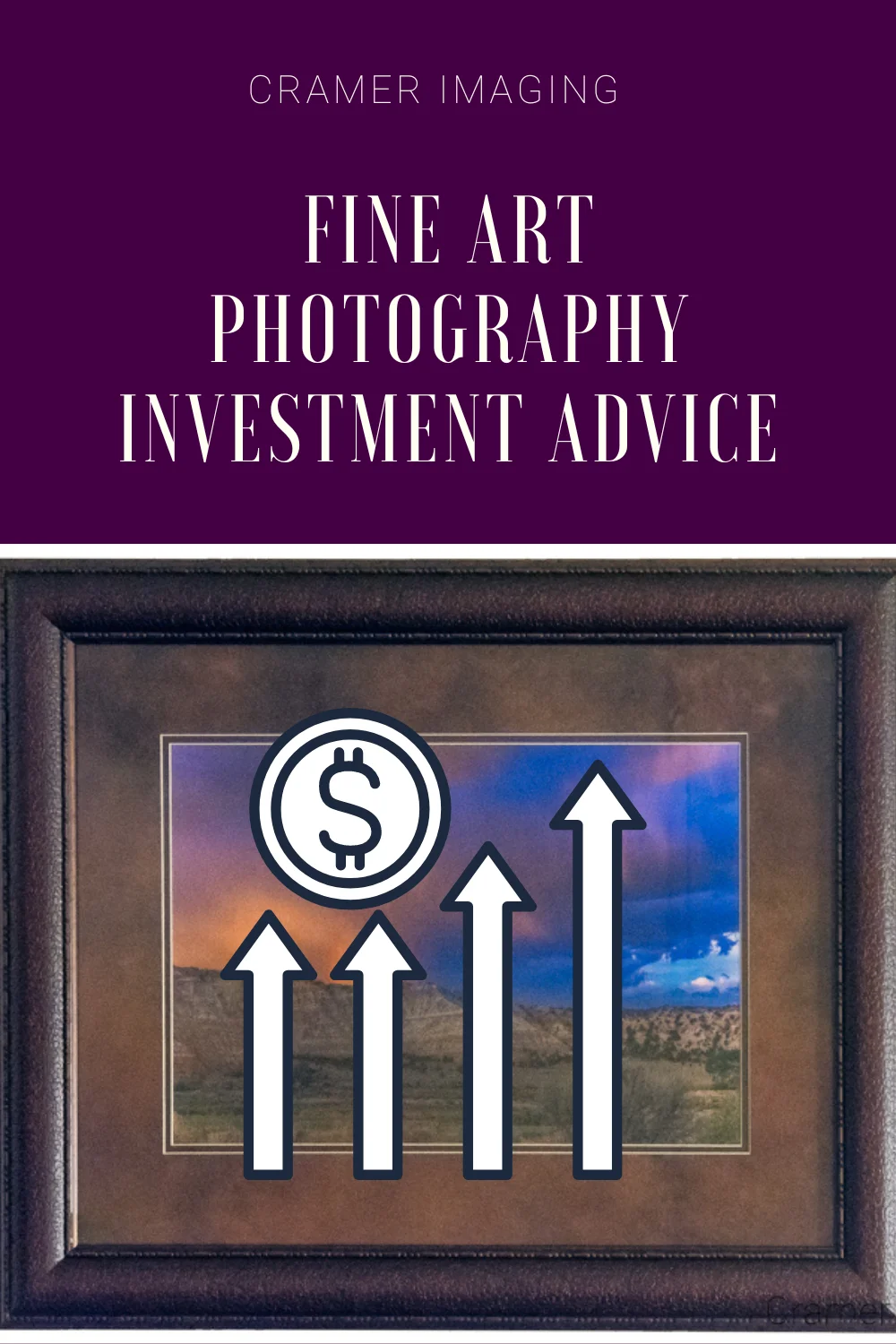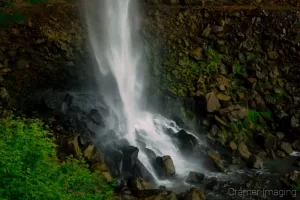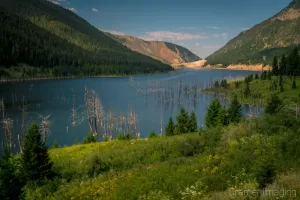Fine Art Photography Investment Advice
Shop

- Buying Fine Art Photography as an Investment
- Fine Art Photography Investment Advice
- How to Buy Fine Art Photography as an Investment
Last week, we talked about the general idea of investing in fine art photography. If that’s something that you’ve wanted to do but don’t know where to start, read last week’s article for an introduction to investing in fine art photography. This week, we’re talking about specific advice and investment strategies for investing in fine art. Of course, this is for those seeking fine art photography investment advice.
A Quick Disclaimer: Any kind of investment, fine art photography included, carries a certain amount of risk. Make sure that you understand the benefits and the risks associated BEFORE you make any kind of investment, even in fine art photography. This is only for fine art photography investment advice.

If you’re looking to invest in fine art photography, then you might want to know that there are two classic theories to investing in much of anything really.
- Invest small, with high risk, in hopes of a big payout (ex: start-up companies)
- Invest in something established, with little risk and little chance for a big payout. However, expect the investment will hold its value over time (ex: blue chip stocks)
Let’s now look at this in terms of fine art photography.
Strategy 1

With strategy number 1, you would be buying fine art prints from an unknown photographer. Preferably something signed, numbered, and limited edition. Thanks to the photographer’s current unknown status, the print will be much cheaper than one created by a big-name photographer.
You buy this fine art photography in the hopes and the gamble that the photographer will make it big and become a recognized name in the art world like Peter Lik. If the photographer does make it big, that print you purchased will instantly become much more valuable.
The risk is that the photographer you bought from might not make it big. Most don’t. If that’s the case, then the print you choose to purchase will not radically increase in value over time.
Strategy 2

Fine art photography investment method 2 is to choose an established big-name photographer, such as Peter Lik, and buy one of their prints. Such photos will be held at a significantly higher price tag than the unknown photographer because of name recognition status and fame. You will need to be prepared to pay a large sum of money (thousands of dollars) if you want to pursue this investment path.
Thanks to the fact that Peter Lik (and a few others like him) have already made it big, their fine art photography prints will not instantly become tens, hundreds, or thousands of times more valuable over time. They will, however, generally continue to retain that initially high value which you are paying for. The actual price tag may fluctuate some with the market, but big name photographers are generally a safe investment if you want to keep your money long-term.
Don’t expect to make back hundreds to thousands of dollars off selling one of their prints though. Also, if something does cause the market value of that print to crash for some reason, you are risking a great deal more of your money. That’s the trade-off for this strategy.
Bonus Strategy 3

Of course, there’s third investment strategy when it comes to things like fine art. The real investment value of fine art isn’t in reselling it. It is in adding the emotional and aesthetic value to your home and office. You build your mental health by creating a beautiful environment where you live. This helps you increase your quality of life and consequently the quality of everything else you do. You should even see an increase in your productivity at work.
Some companies have noticed fine art’s power to enhance life and creativity. So they have begun incorporating fine art into their workplaces. Now, since you will most likely view most of this fine art from a distance, you’ll likely get the same creative boost from either an original piece of fine art or a from reproduction.
Since the real investment value of fine art is the improved quality of life which it gives you, your best bet is to think about what kind of art you want to invest in. Unless you’re buying the art simply to hide in a closet someplace, your first consideration should be to purchase something that speaks to you. Choose something that is beautiful. Choose something which reminds you of something special. Or else, choose something which is otherwise something that you want to look at a lot.
Art is meant to be beautiful but, since beauty is in the eye of the beholder, not all art is beautiful to everyone. If it isn’t beautiful to you, you shouldn’t buy it.
Conclusion
Fine art photography is becoming a better financial investment all the time. Well-established photographers selling limited edition prints can often see their prints hold their value. Those same prints may even increase in value over time. Lesser known photographers can see their prints increase greatly in value. A smart investor can see a huge return on a small investment once such a photographer becomes famous. Neither of these scenarios, however, will give you the true value in investing in fine art. The real value of fine art photography is having something that moves you and improves your life.
Now that you’re sold on buying fine art photography as an investment, next week we’re talking about the specifics of how to buy fine art photography as investment. You’ll get step-by-step what to do with more fine art photography investment advice. See you then.
Best Sellers
Cramer Imaging Newsletter

Receive monthly updates in your inbox from us.





